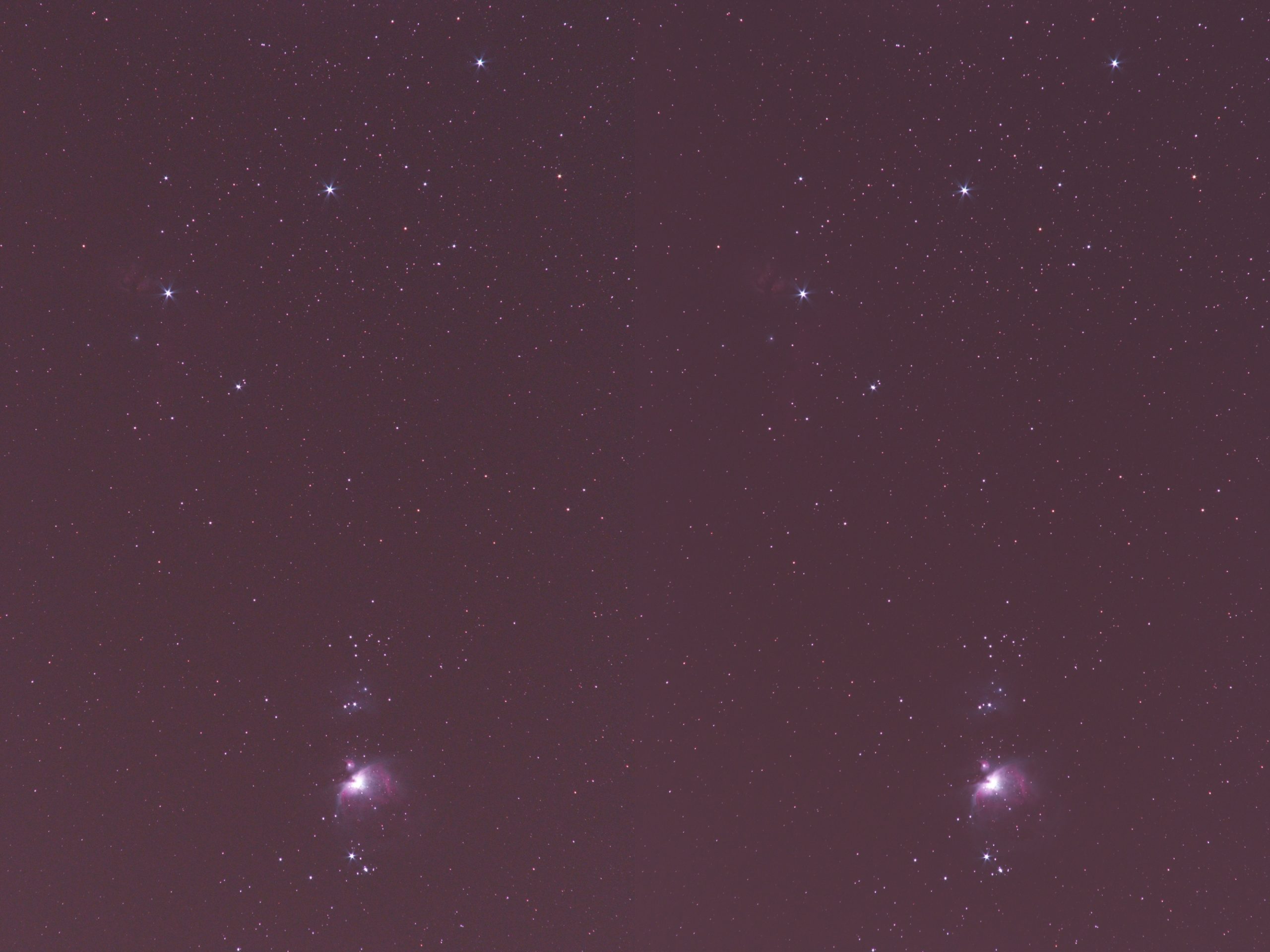
PixInsight is one of a number of image processing programs available that automatically calibrate, align and ultimately stack your images to produce your final masterpiece Credit: Steve Richards What is dynamic range?Īs well as striving to increase the SNR of their images, astro imagers also aim for a wide dynamic range.ĭynamic range is the spread of brightness levels from the dimmest recorded light value that can be captured to just before pixels become saturated. This means that the ratio of the signal to the noise increases, resulting in a much cleaner, more detailed image with a smoother background. When a set of images is stacked, the individual image values are averaged, which means that the random noise overall diminishes but the signal remains constant.

Unwanted noise in a typical image tends to be random across different exposures whereas the desired signal is consistent. There is no hard and fast rule for the number of images required for the process but typically a batch of around 20 images is ideal, though any number over five will yield noticeable improvements. Instead of long exposures, then, astro imagers shoot as many similar images of their target as they can and then combine them into a single image using stacking.


Meanwhile, images captured at too short an exposure will fail to pick up the very dimmest details in your target. These limits are set mainly by: the accuracy of your mount’s tracking the amount of light pollution and atmospheric conditions at your location the sensitivity of your camera the focal ratio of your telescope how bright the object is you’re imaging and the risk of exposing your image until the pixels over-saturate. However, there are limits to the exposure lengths you can achieve in astrophotography.


 0 kommentar(er)
0 kommentar(er)
